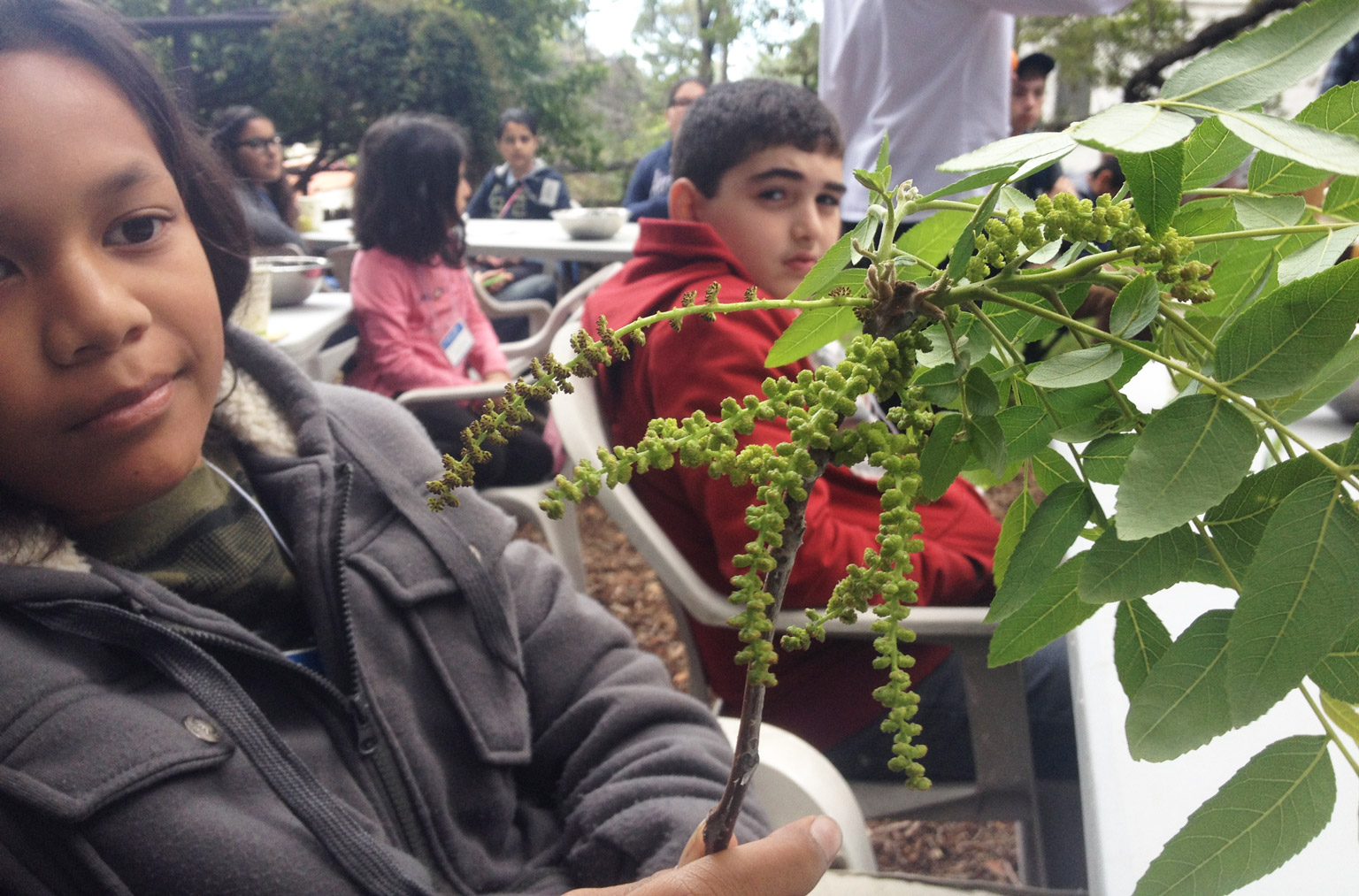The social media platform Facebook has come a long way since it first started in 2004. Back when we first joined up in 2007 amid a scant few friends at the time, I don’t think anyone could have predicted that the platform would grow to become one of the largest companies in the world with 2.2 billion monthly active users or that it could unite and incite movements for socio-political change halfway around the world or, I don’t know, be used as a tool by foreign powers to help seat a reality TV star and all-around awful human being to the highest office in our land.
Now, with CEO + founder Mark Zuckerberg testifying the Senate Judiciary Committee in the wake of the Cambridge Analytica scandal, at the very least, this should prove to be a major turning point, not just for Facebook, but for social media in general. The loss of data and, with it, trust, has pushed many of us to re-examine how we use the web, what we make public, and how we value our information. But, as many point out, Facebook isn’t alone in how they treat their users and monetize their information. Writer Louise Matsakis put it most eloquently for WIRED recently: “Facebook collects arguably the most private information, but plenty of other popular social networking apps like Snapchat and Twitter collect your data too. That’s their entire business model: When you’re not paying for a product, you are the product.”
Even before all of the scandal, many within our own social circles seemed to be losing interest in Facebook and the like, for myriad reasons. But what many keep coming back to—ourselves included—was the now-Facebook-owned company, Instagram: What does all this mean for the much-beloved image-sharing platform?
California-based creative digital marketer and longtime friend of raven + crow John Capone put a timely edge on the whole affair for us—”I feel like in the ether now is that people like Instagram and it’s generally evolved pretty well and not become a pile of flaming garbage like Facebook and Snapchat have recently,” John told us. “But the fear is there for users and marketers alike no matter what perspective you have. There’s only so much a user can do (especially with Snap where the developers ruined it) but I’ll always advocate for good citizenship when it comes to these communities.”
With that in mind, we reached out to some of our favorite Instagram users—artists and entrepreneurs who we think use the platform well—for advice on how to keep the ship afloat in this sea of uncertainty. How do we keep Instagram fun and—especially for fellow business-owners—valid in this climate?
The resulting common thread: be true to yourself, your brand, and your community.
Below, we’ve collected advice from friends and colleagues in our various communities on how best to keep it all from burning down. Click their IG banner image to visit their accounts (they’re all awesome). And the last bit of advice from Tomoko is short + succinct, but you really do need to see what she does with stories—magical stuff.
Stacy Michelson—artist, designer, lover-of-food, and real-life Energizer Bunny
IG is my favorite tool to use to connect with people and showcase my brand and what I do. It also gives me a chance to allow people to get to know ME. I don’t have a formula for posts, but I try and do 75% biz and 25% Stacy the person, so you feel like you get a sense of who creates this stuff. And I love stories. I love watching people’s stories and I love making them. I really feel like you can know someone better that you’ve never met with video. It’s their voice, their face, their humor, their life. I have been able to post the day-to-day silliness of my life and interests, like what i’m eating, cooking, and the silly songs I make up all day long. People seem to really like that and tell me often—in comments or in person at events—that my songs and general goofball-ness is a favorite part of their day. How cool is that? Hopefully that connection they feel with me turns into internet friend and then customer. AND I always try and reply to comments unless it’s mean, in which case I just swipe delete and forget it. No point in putting energy into that nonsense.
Jacky Wasserman of vegan apparel company beetxbeet
I think the best thing is to stay true to yourself and your brand. IG is a place that started as a way to connect with others, so just going back to those roots no matter how IG choses to change their algorithm etc is a good way to look at it—finding new ways to stay engaged and connected with your audience through the tools IG provides. We don’t know what kind of future IG has but, for now, taking advantage of the ways it can help connect you to others and market your brand is what we have to work with. If you are concerned about losing the platform, I’d say make sure to have your customers visiting your site often through blog posts and newsletters so there’s still a way to connect outside of the app.
Carolyn Suzuki—artist, illustrator, and princess of pattern
To be a part of a community, I think it’s important that you leave supportive comments for others, follow those who inspire you, and post and share your work on a consistent basis. I think the last point is probably the most important—you want people to know you’re out there doing the work and showing up everyday. Regardless of the quality of work, this commitment is what’s inspiring and I think other makers out there can feel that!
John Sepal—photographer and style documentarian behind Tokyo Camera Style
I honestly don’t care about analytics or numbers—my interest in IG is based on using it to share/celebrate a slice of photographic culture with anyone interested. The popularity tokyocamerastyle has gained is due to consistent content that is informative and positive. The fact that there’s a documentary angle is interesting—the cameras I post are ones I see out on the streets being used. Recently I’ve been expanding from just gear to my real interests—photo exhibitions and photobooks. I try to present things in a fair and clear manner and people respond to this authentic aspect. I don’t like accounts that re-gram other peoples’ pictures or request of cameras or bags to gain a following. That’s boring. Everything on TCS is original stuff that celebrates something that film photographers around the world can feel a part of.
Allison Sherman—sustainable fashion blogger
First, be thoughtful in the content you post. You don’t have to write something personal or even relevant every time you post a photo, but the image and visuals are very important—that’s what catches people’s eye! If it’s something you like but that doesn’t necessarily match your feed or vibe, post it on Instagram stories or post multiple photos and do a swipe to see more feature and have the first photo match your vibe. Similar editing style is also very aesthetically pleasing!
And check out the explore page or search relevant tags that you’re interested in. Often times you’ll stumble upon great accounts. Like their photos, comment, and/or follow them! Not sure of who to engage with to increase your following? Pick an account that you have similar content with or a similar account you aspire to be like and go and see who likes their photos. Choose those people to connect with!
Find an Instagram planning app that works for you! I use an app called PLANN. It helps me plan posts ahead of time and keep photos in the queue for me to post later. If stuff is in my camera roll, it often gets lost with all the other photos I take and it’s nice to have all the solid insta-worthy photos in one spot. I know there are many other apps like this, but PLANN was only a one time payment of under $7 and works pretty well! I had a free trial of another app that wanted me to pay monthly making it over $100 a year—yikes! Some Instagram planning/analytics apps are free but don’t have many features, so do a little research and find one that works for you!
Tomoko Imade Dyen—Japanese food ambassador and IG story savant
Use stories to tell a story! It doesn’t have to be an epic, but do tell more than what you are doing.









